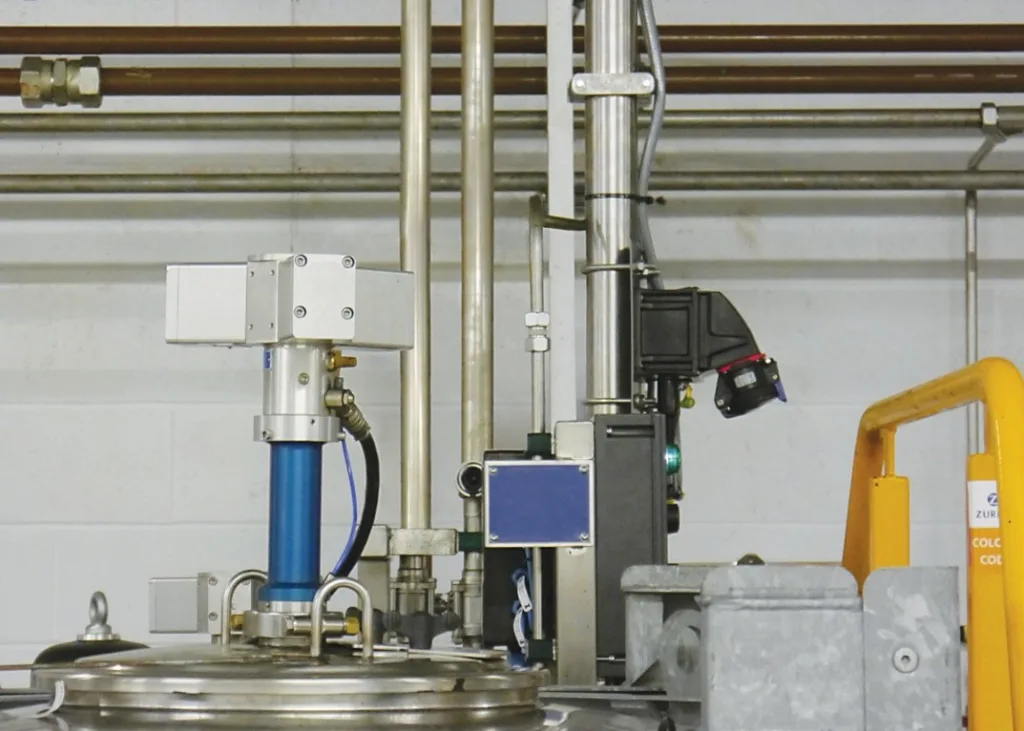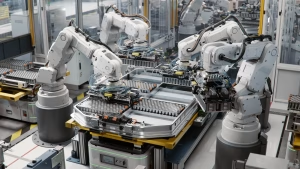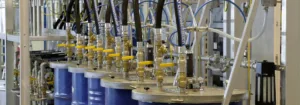Updated: October 1, 2025
In industrial maintenance, efficiency, safety, and reliability are non-negotiable. One technology that consistently delivers on these fronts is the air motor. From powering hand tools to driving conveyor systems, air motors are essential in industries like manufacturing, automotive, aerospace, and mining.
This guide explores how air motors support industrial maintenance, their key advantages, and where they’re most commonly used.
What Are Air Motors?
Air motors — also known as pneumatic motors — convert compressed air into mechanical energy. This energy drives rotational motion, making them ideal for tasks that require mobility, precision, and durability.
Unlike electric motors, air motors operate without generating sparks or heat, making them safe for hazardous environments.

Key Benefits of Air Motors in Maintenance
1. High Power-to-Weight Ratio
Air motors are lightweight yet powerful, making them perfect for portable tools and mobile maintenance tasks.
2. Explosion-Safe Operation
In environments with flammable gases or dust (e.g., chemical plants, oil refineries), air motors are a safer alternative to electric motors.
3. Precise Speed & Torque Control
Operators can finely adjust speed and torque, which is crucial for delicate tasks like equipment calibration or assembly line maintenance.
4. Durability & Low Maintenance
With fewer moving parts than electric motors, air motors are more resistant to wear and tear. They perform reliably in harsh conditions and require minimal upkeep.
5. Versatility Across Applications
Air motors can be adapted to run grinders, pumps, agitators, and more — simply by adjusting air pressure or control valves.

Common Applications in Industrial Maintenance
- Portable Tools: Powering grinders, sanders, and impact wrenches
- Conveyor Systems: Driving belts for material transport
- Mixing & Agitation: Used in food, pharma, and chemical industries
- Valve Actuation: Controlling fluid flow in pipelines
- Hoisting & Lifting: Operating winches and hoists for heavy equipment
Related Resource: Air Motor Buying Guide
If you’re looking to choose the right air motor for your application, check out our comprehensive Air Motors Buying Guide. It covers motor types, sizing tips, and selection criteria to help you make informed decisions.
Air Motors for Industrial Maintenance FAQ
Speed can be adjusted by regulating air pressure or using control valves.
Minimal. They’re resistant to overload and perform well in tough conditions, reducing downtime.
In many cases, yes — especially where safety, portability, or durability are priorities.
Manufacturing, petrochemicals, food processing, mining, and aerospace.
Conclusion
Air motors are a cornerstone of modern industrial maintenance. Their safety, adaptability, and reliability make them indispensable across sectors. Whether you’re powering tools, moving materials, or maintaining equipment, air motors help reduce downtime and boost productivity.
Are you looking for more information? If you have any questions, feel free to reach out to us anytime.


